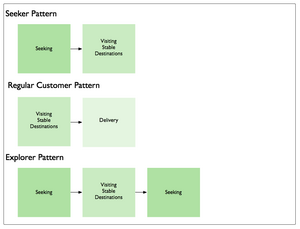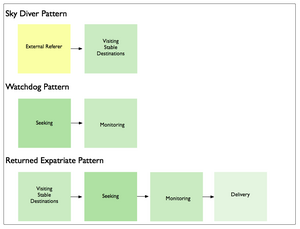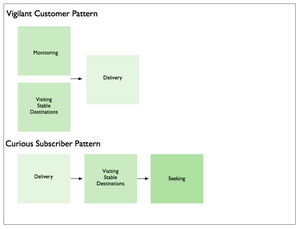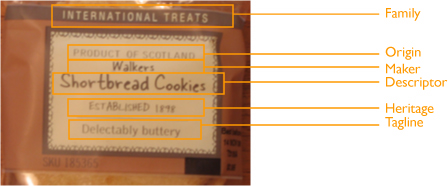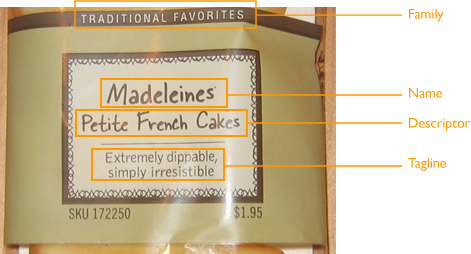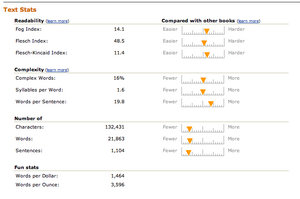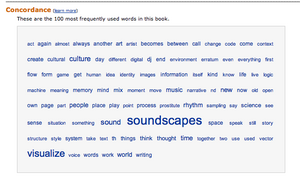Conflict-Aware Design: Accounting For Conflict In User Experiences
Conflict is a natural part of human experience. It’s something we encounter every day on levels small and large, and learn to address. And conflict appears at every level of a user experience, from business goals and strategy, user needs, concept and mental models, to task flows, screen-based interactions, terminology, and visual design choices.
Yet many of our user experience practices and approaches do not consider conflict adequately, or at all. User experience design assumptions, artifacts, habits of communication, and working practices combine to bypass adequate consideration of conflict. The result is neglect of conflict as an area of investigation, discussion, and design responsibility. It becomes something we consider only in passing, generally by noting an order of priority for the personas associated with an evolving design
Minimizing conflict may seem pragmatic: exploring conflict makes many people nervous, and stakeholders may not react well unless properly prepared. But this view misses the significance of conflict. Conflict is a pointer to something people care about, pay attention to, need, want, or think is important in some way.
In the same way that smoke equals fire, conflict equals interest, and interest should be a focus for design.
Social Architectures, Experiences, and Environments
Conflict is an especially important area for User experience design to consider now, thanks to the emerging landscape of social media. Social networks, participatory architectures, business and community models dependent on co-creation of content, and collaborative media formats all emphasize social dynamics. These dynamics inevitably include elements of conflict. The continued growth of sharing, networks, interconnections, and complex relationships linking individuals and groups on-line will only increase the role and significance of conflict for successful user experience efforts.
Plainly, if we aim to design for user experiences now and in the future, we must account for conflict. In terms of the evolution of user experience design, the consideration of conflict marks another step in the continued maturation of the field. We might call design approaches that take conflict into account conflict-aware design.
Conflict-aware Design In Practice
Conflict-aware design offers substantial value for designers, stake holders, users – all interested parties, really – with little impact on timelines, costs, approaches, or existing methods. Conflict is simply another aspect of the user experience to explore and understand, share analysis of with decision makers, and direct design solutions to address.
Conflict-aware design builds on and enhances existing practices, adding a layer of context at each stage of the design cycle concerned with the specific conflicts that will impact the user experience. No specialized design documents or techniques are required.
The second part of this essay will consider how common user experience activities and artifacts can be adapted for conflict-aware design.
